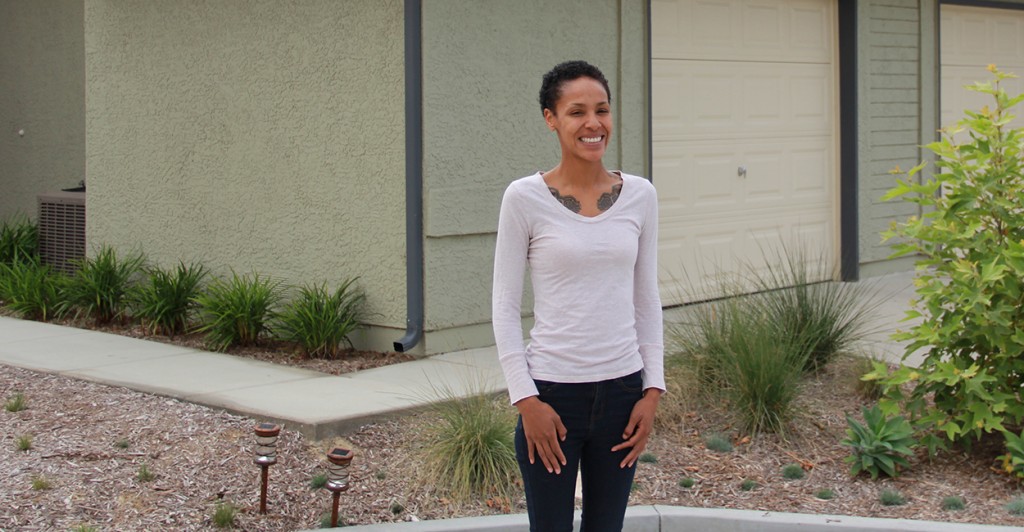The City of Los Angeles is a sprawling enterprise with 32,000 employees and an annual budget of $8.6 billion. But according to Rick Cole, the City’s former Deputy Mayor for Budget and Innovation, “LA is not designed to work.”
Our City’s operations are relatively simple compared to Los Angeles County and other large cities such as New York and Chicago. City Hall is not responsible for education, healthcare and hospitals, social services and welfare, and criminal justice and jails, all open ended services that are burdened by rivers of red ink, adverse court decisions, and controversial political and social issues that do not have simple solutions.
City Hall is responsible for every day services such as public safety (police and fire); our streets and sidewalks; our parks and libraries; and trash collection, wastewater, sewers, and stormwater. It is also responsible for planning, zoning, building and safety, and the enforcement of the related rules and regulations.
But Angelenos are not happy campers.
Our streets are a mess, but there is no well thought out plan to repair and maintain our roadways. Our sidewalks are subject to a $1.4 billion consent decree, but residential sidewalks are last in line to receive funds. Recreation and Parks’ programs for our youth and seniors have been eviscerated while its putrid public restrooms are a constant source of ridicule. And our neighborhoods are under siege by real estate developers and traffic congestion.
The City’s finances are also in shambles. This year, the budget was balanced by diverting $150 million from the Reserve Fund despite the fact that revenues increased by $150 million more than projected. The City has long term obligations of over $25 billion for its unfunded pension liabilities, deferred maintenance on its infrastructure, and existing long term debt. But there is no long term plan to balance the budget, fund our pension plans, and repair our streets and sidewalks.

Underlying the chaos at City Hall is the reality that it is impossible to hold any of our elected officials accountable for the failure of City Hall to balance its books and provide adequate services to its constituents. According to the well respected and occasionally controversial Cole (photo right), the City charter was designed to prevent corruption and the abuse of power. But today, this has resulted in an inefficient government because we are unable to hold our individual elected officials accountable for their collective failures.
Unfortunately, our City is dominated by special interests, whether they are the campaign funding union leaders that represent our City’s workers or the generous real estate developers who have complete disregard for our residential neighborhoods.
If Los Angeles wants to be a “world class” city, it cannot continue with the status quo. It cannot continue to kick the budget can down the road and ignore the Structural Deficit, inefficient operations, our infrastructure, and the underfunded pension plans. It can no longer afford to thumb its nose at investors and employers if it wants its economy to flourish through the creation of good jobs. It can no longer allow unfettered development that impinges on our quality of life.
Change and reform that are designed to make our City work are politically risky with the real possibility of failure. It may also alienate the special interests who finance political campaigns. But this is the challenge that our leaders must face if they want to win the hearts, minds, and wallets of the voters.
Is Back to Basics Mayor Eric Garcetti willing to be that leader?
















